Acupressure, which is based on traditional Chinese medicine, could be considered a promising option for managing piriformis syndrome, especially for those seeking a solution for this condition. The GB30 acupressure points, in particular, are of great significance in providing relief from piriformis syndrome.
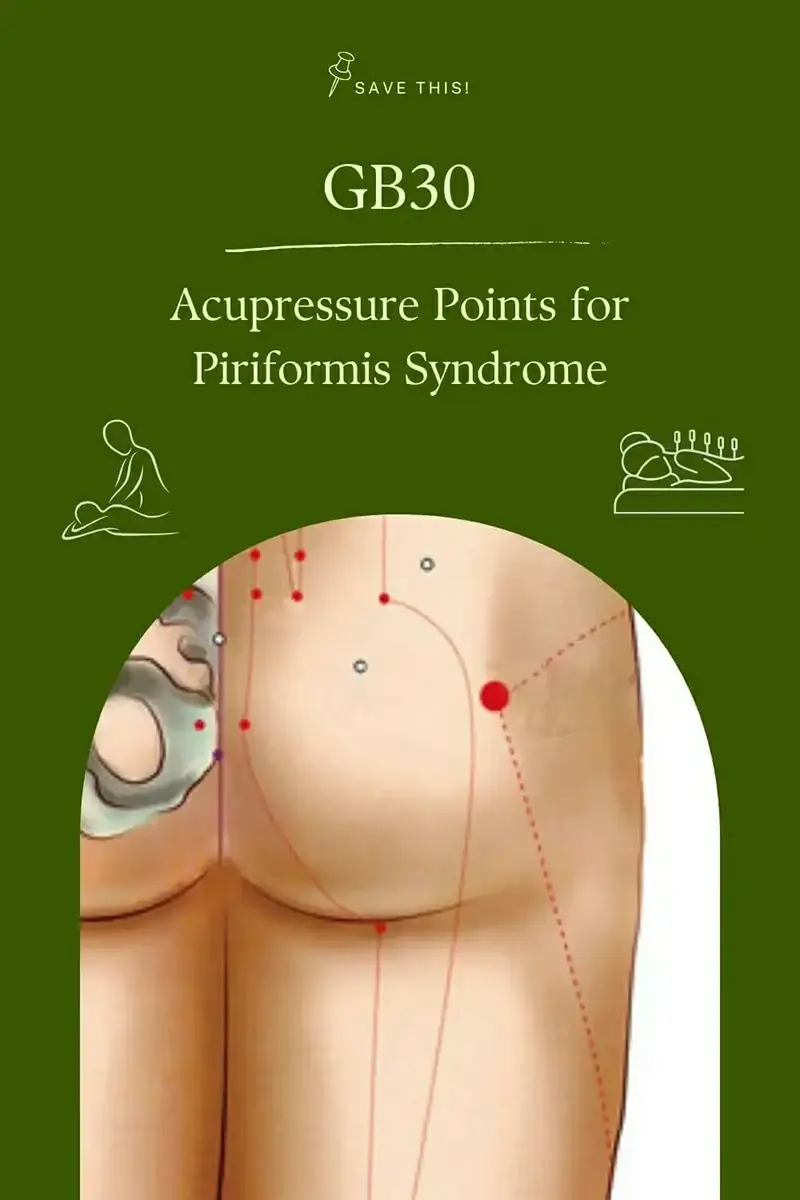
Discomfort and radiating pain in the buttocks and leg are caused by this issue. Although temporary relief may be provided by conventional treatments such as medication and physical therapy, they often fail to address the underlying cause.
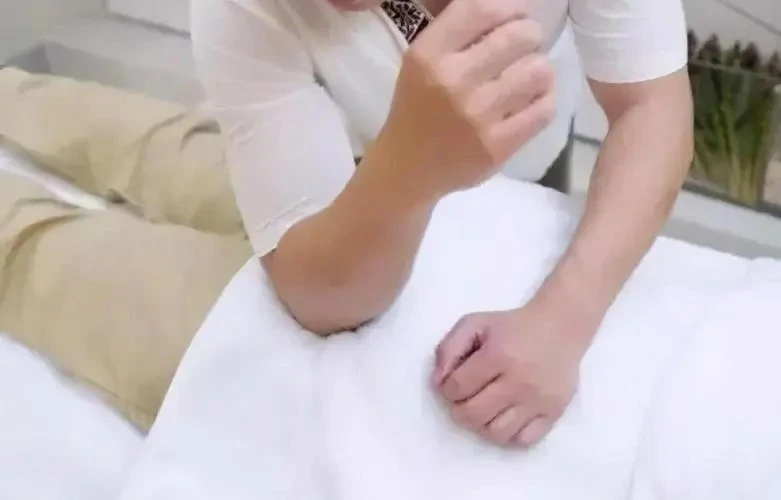
What is Piriformis Syndrome
Muscle imbalances, overuse, trauma, or prolonged sitting commonly cause piriformis syndrome, resulting in inflammation and irritation of the piriformis muscle. This leads to pressure on the sciatic nerve, which causes pain, tingling, or numbness in the buttocks and leg.
While pain medication or physical therapy may offer temporary relief, they often neglect to address the underlying muscle tension and imbalances, thus requiring a different approach.
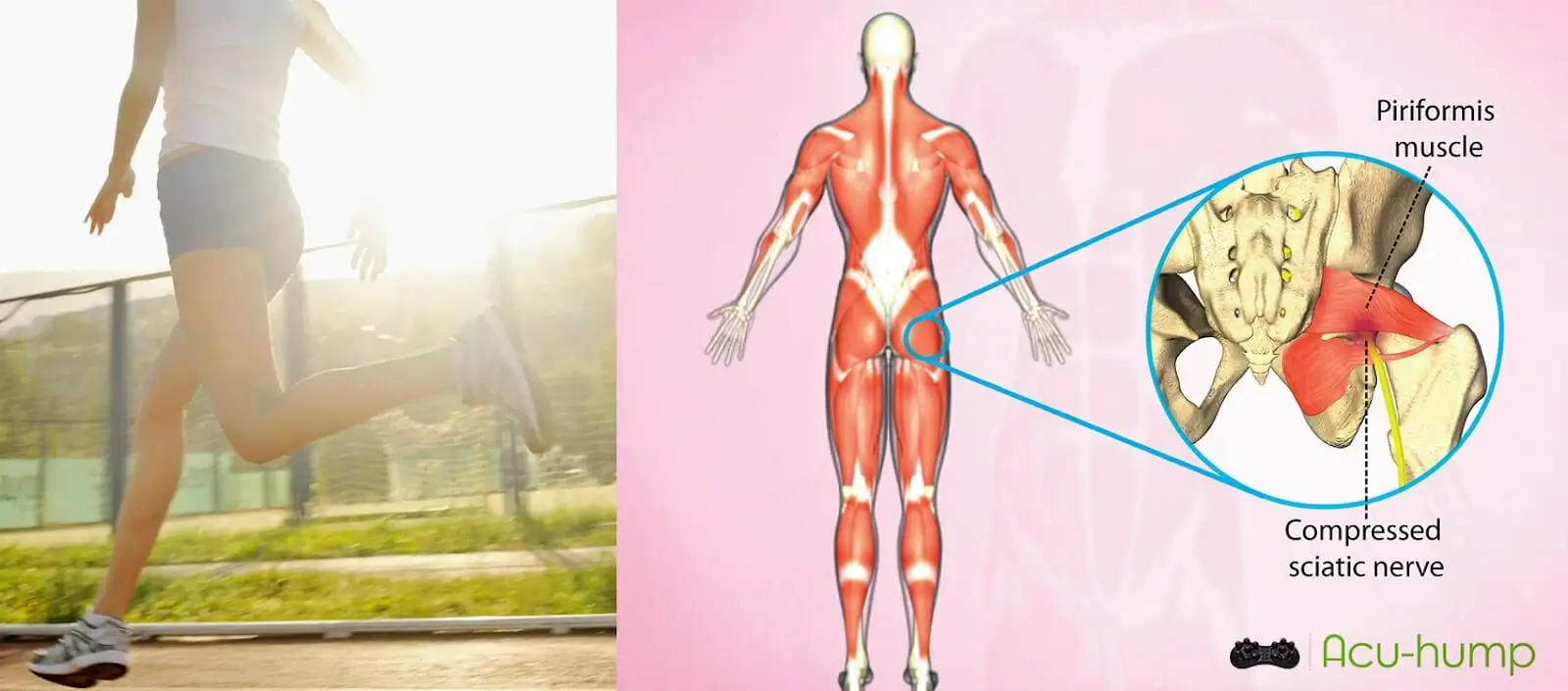
What is Acupressure
Acupressure is rooted in the principles of traditional Chinese medicine, which perceives the body as a network of energy pathways known as meridians. It stimulates the body’s natural healing response by applying pressure to specific acupoints, promoting pain relief and energy balance.
Unlike invasive treatments, acupressure is gentle, non-invasive, and has minimal side effects – making it a promising method for addressing the complexities of piriformis syndrome.
Acupuncture Point GB30 for Piriformis Syndrome
The GB 30 acupressure points, situated in the gluteal region, play a crucial role in treating piriformis syndrome. These points are intricately connected to the piriformis muscle and the sciatic nerve.
By applying pressure to the GB30 points, it is possible to alleviate muscle tension, reduce inflammation, and improve blood circulation in the affected area, effectively relieving pain and discomfort caused by sciatic nerve impingement.
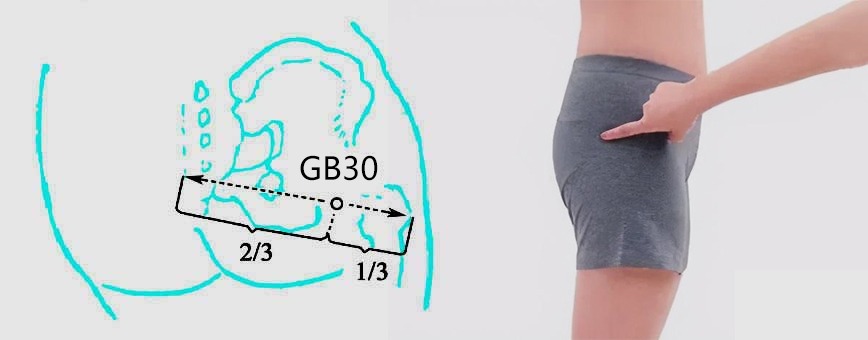
Techniques for Applying Acupressure on GB30 Points
Acupressure on the GB 30 points can be done using fingers, thumbs, or specialized acupressure tools. Firm pressure should be applied in circular motions while breathing deeply to promote relaxation and enhance blood flow.
It is essential to consider individual sensitivity and adjust the pressure and intensity for personal comfort. While self-administration of acupressure is possible, seeking guidance from a qualified acupressure therapist is advisable to create a personalized treatment plan.
Acupuncture for Piriformis Syndrome
In addition to acupressure, acupuncture, also known as dry needling, can be used for piriformis syndrome. This technique involves inserting thin needles into specific points on the body, including the GB 30 acupressure points. Dry needling brings several benefits when relieving sciatica in bum cheek.
Firstly, dry needling applied to the GB30 points can help release tension and tightness in the piriformis muscle. By stimulating trigger points within the muscle, needle insertion promotes relaxation and reduces muscle spasms. This relieves muscle tension and, consequently, reduces pain and recovery time of discomfort.
Secondly, dry needling enhances blood circulation in the affected area. The stimulation of GB30 points with needles improves blood flow, delivering more oxygen and nutrients to the piriformis muscle. Enhanced circulation supports the healing process, reduces inflammation, and assists in flushing out toxins, thus aiding pain relief and muscle recovery.
Additionally, dry needling on GB30 points facilitates the release of endorphins, the body’s natural pain-relieving chemicals. Needle insertion stimulates the nervous system, triggering the release of endorphins, resulting in pain reduction and an overall sense of well-being.
It is important to note that dry needling should only be performed by trained and licensed healthcare professionals specialized in this technique. They possess a thorough understanding of anatomy and the correct placement of needles. Prior consultation and assessment by a qualified practitioner are crucial to ensure safety and determine the suitability of dry needling for an individual’s specific condition.
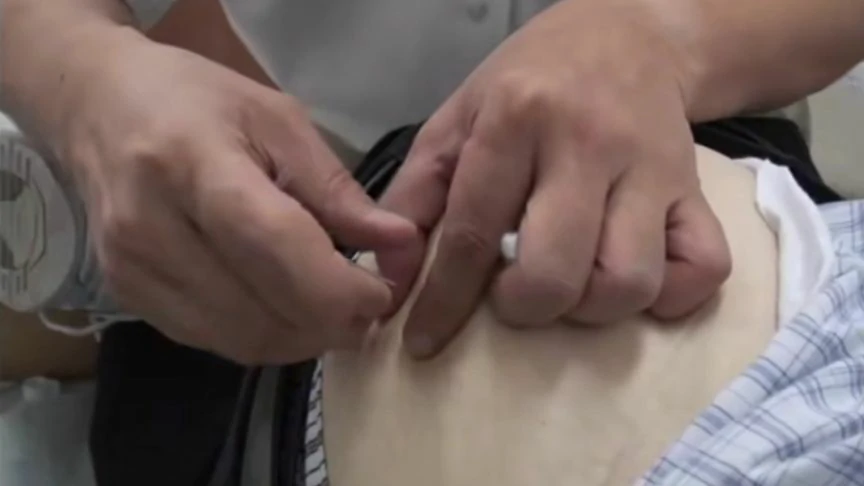
Acu-hump: At-home Acupressure Massage Tool
The use of tools such as the Acu-hump can enhance at-home acupressure massage, specifically targeting the GB 30 acupressure points. With this tool, relaxation and tension relief in the piriformis muscle, which aids in managing piriformis syndrome, can be achieved.
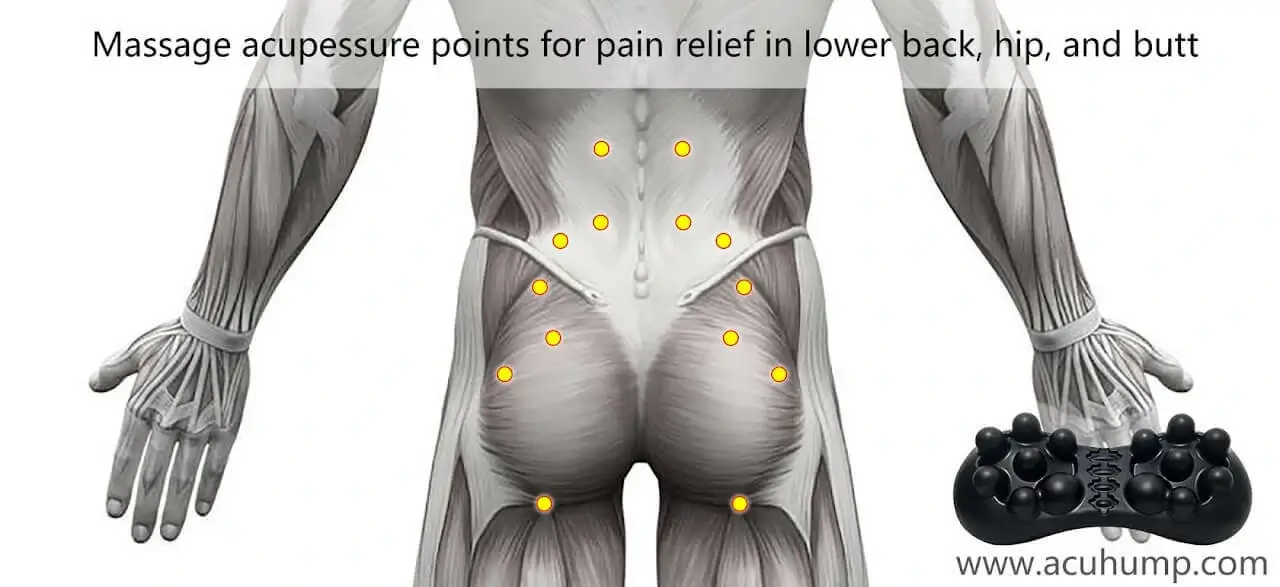

Acu-hump®
Press Piriformis
The Acu-hump tool is designed to provide comfortable support to the lower back and hips while allowing for targeted acupressure. By positioning the Acu-hump tool strategically, pressure can be applied to the GB30 points while performing stretches to alleviate tension in the piriformis muscle. This combination of acupressure massage and stretching enhances the effectiveness of relaxing the piriformis muscle.
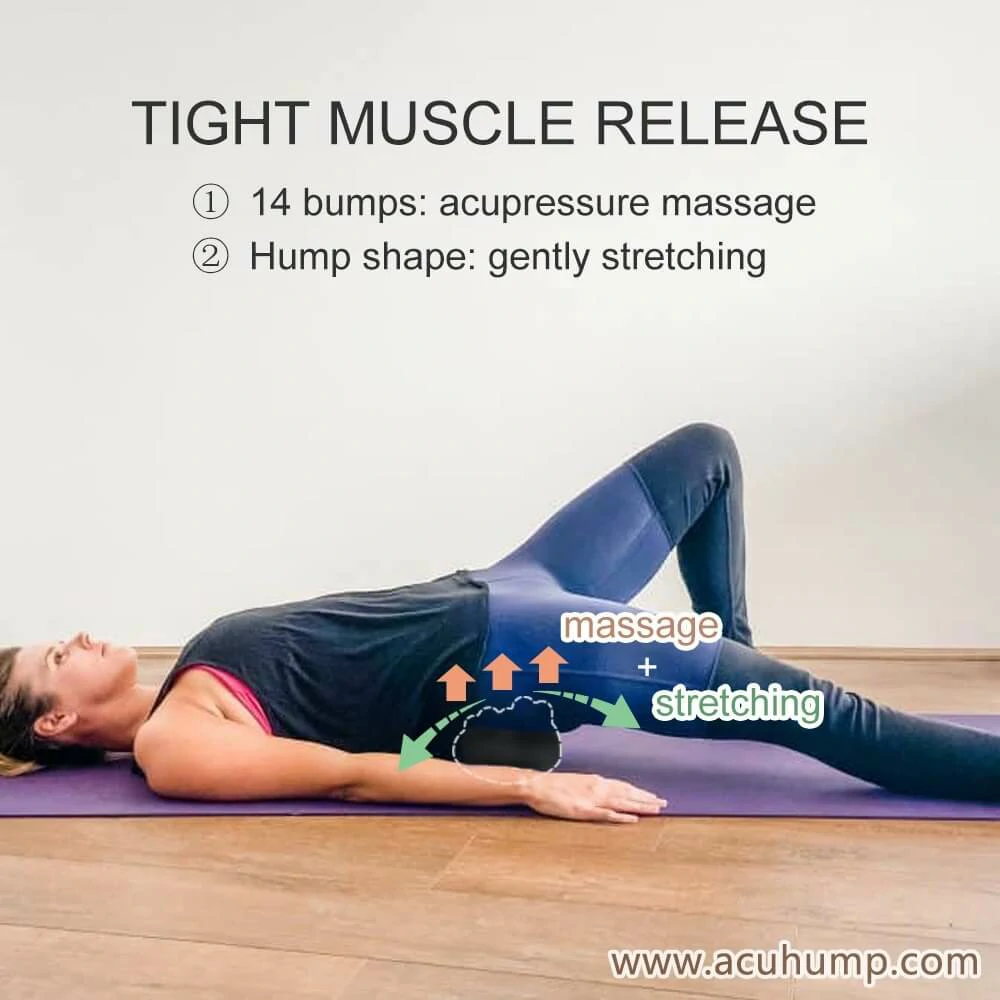
Acu-hump: 30-day return policy. No risk for you.
As pressure is applied to the GB30 points by the Acu-hump, tension is released, and blood circulation is promoted in the targeted area. Simultaneously, stretching exercises help lengthen and loosen the piriformis muscle, reducing compression on the sciatic nerve. By combining these actions, the use of the Acu-hump tool during stretches provides a more comprehensive and targeted approach to relieve tension and discomfort in the piriformis muscle.
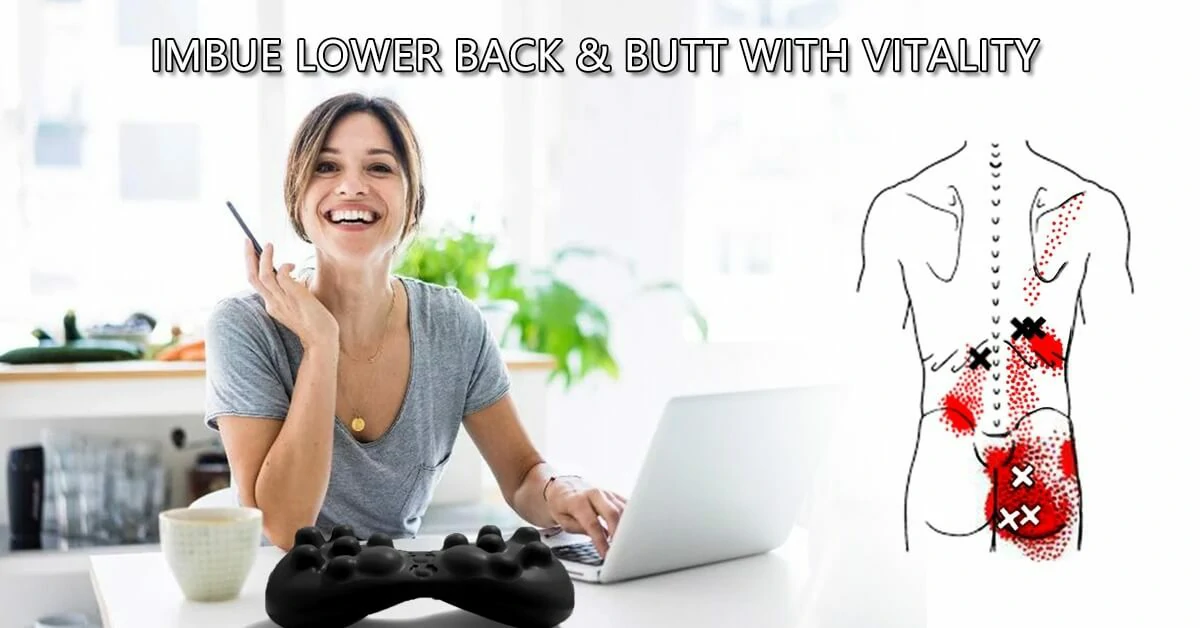
Acu-hump: Full refund policy. No risk for you.
It is important to note that proper technique and caution should be exercised when using any tool or performing self-massage at home. Consultation with a healthcare professional or a qualified acupressure therapist is recommended to receive guidance on effectively and safely using the Acu-hump tool. They can provide personalized instructions on the best way to utilize the tool during stretches and ensure that proper pressure is applied to the GB30 points for optimal results.
Acu-hump® Release the Back & Butt
Benefits and Precautions
The benefits of applying acupressure on GB30 points go beyond pain relief. Acupressure promotes relaxation and a sense of well-being by reducing muscle tension. Additionally, it is a non-invasive and drug-free method, making it an appealing option for those seeking natural and holistic approaches to pain management. However, certain precautions should be taken into account. Acupressure should be avoided during pregnancy or in specific medical conditions. Consulting with a qualified acupressure therapist is crucial to ensure the safety and effectiveness of the treatment.
In conclusion, a holistic and non-invasive approach to managing piriformis syndrome can be achieved through acupressure targeting the GB30 points. By stimulating these points, acupressure effectively relieves pain, reduces muscle tension, and improves overall well-being. Acupressure serves as an alternative option within a comprehensive piriformis syndrome remedy, addressing the underlying imbalances contributing to piriformis syndrome. Through considering acupressure, individuals affected by piriformis syndrome can experience long-lasting relief and enhance their quality of life. It is recommended to consult with a qualified acupressure therapist to ensure safe and personalized treatment.
